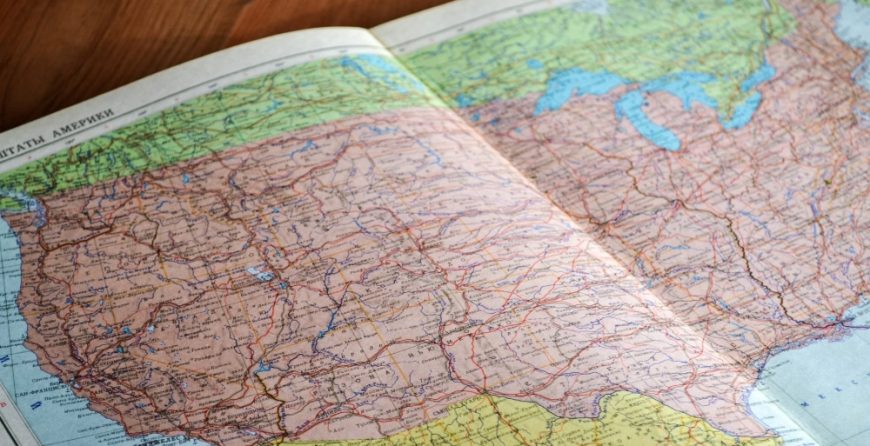You must have read about the USDA Hardiness Zone time and again but still fail to understand its importance. This article aims to shed some light to why it is a must for you to grow plants based on this information. Read on to learn more.
USDA Hardiness Zone Map: 11 Planting Zones in the US
The USDA Hardiness Zone Map divides North America into 11 different planting zones. This is based on the winter temperature of each region. Thus, it becomes a great idea for people who wish to know what types of plants, fruits, vegetables, tree or perennial will survive in your region.
How is the USDA Hardiness Zone Map Developed?
This was jointly developed by both the Oregon State University (OSU) PRISM Climate Group and the USDA’s Agricultural Research Service (ARS) and was released in January 2012. This was completed after several horticultural and climatic experts have reviewed the various zones in their geographic area.
They also used sophisticated methods to ensure higher accuracy of the map. These included utilizing the following factors:
- Nearness to large bodies of water
- Changes in elevations
- Position in the terrain
It also used temperature data from various stations, which is more in number compare to the previous 1990 map.
The result is a map that delineates the garden climates of the eastern half region of North America. Thus, effectively demarcating the special climates that were formed due to the Appalachian mountain ranges and the Great Lakes.
Click here to see the USDA Plant Hardiness Zone Map
Using your organic plant markers to identify temperature zones for plants
Given the fact that not all plants can survive different temperature ranges, you can use your plant markers to identify the ideal temperature zone of your plant. In this manner, you can place it at the best spot in your garden for it to have better chances of survival.


